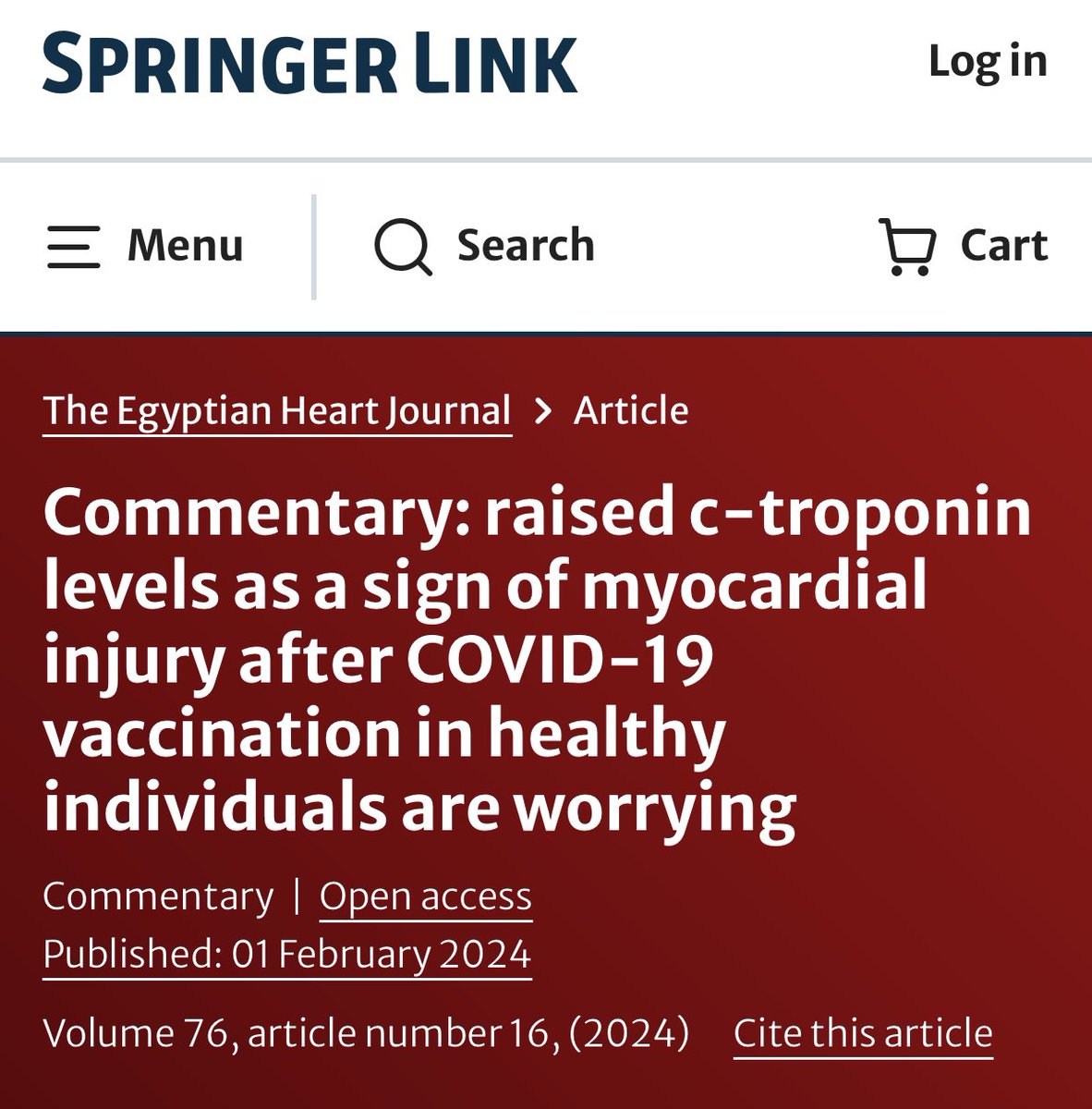1/ Repeated over-stimulation by the same antigen can reprogram T-cells (via TCR revision) to become autoantibody inducing cells, leading to autoimmune conditions, like Systemic Lupus Erythematosus (SLE) - as demonstrated in this mouse model. 

2/ This mechanism for potentially causing unintended autoimmune disorders should not be overlooked when considering the safety of repeated doses of the same antigen, such as the proposed and developing regiment of the current mRNA jab program.
8/ Where does the Spike protein go? How long does it last? What can it do to our body? I answer these questions in episode 1 of my free audio podcast—> anchor.fm/ScienceWithDrD…
• • •
Missing some Tweet in this thread? You can try to
force a refresh


















